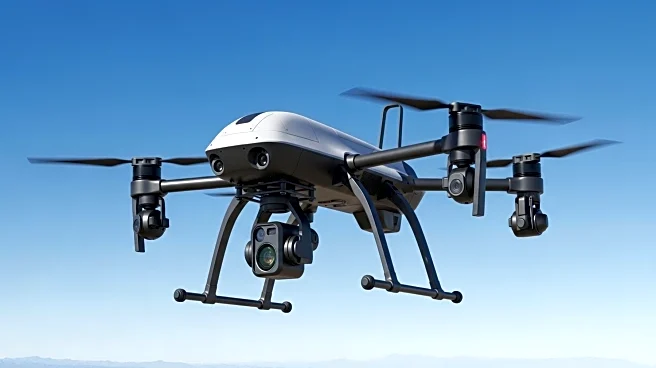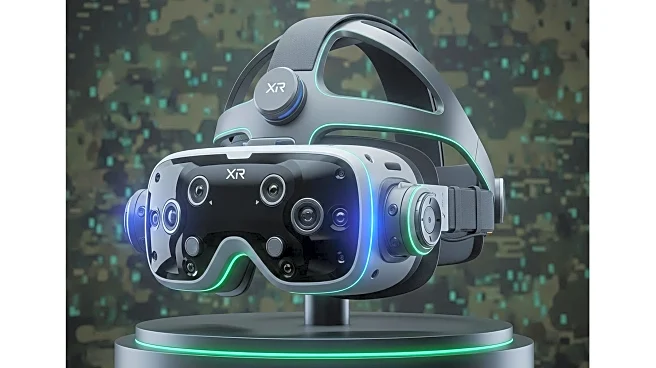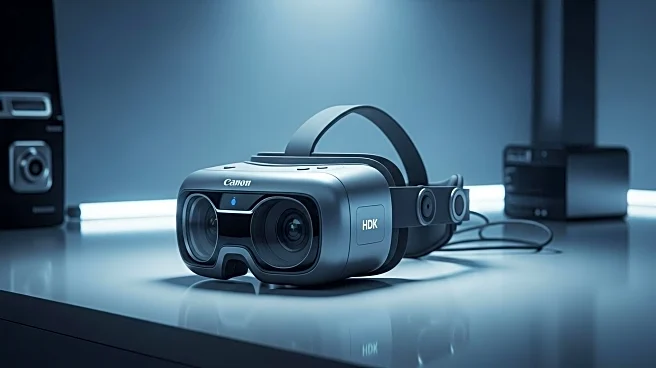What's Happening?
Anduril Industries has revealed the design and interface of its EagleEye military XR headset, aimed at improving situational awareness for soldiers. Founded by Palmer Luckey, Anduril took over the US Army's AR headset program from Microsoft earlier this year. The EagleEye headset, part of the SBMC program, integrates advanced display systems to enhance battlefield awareness. It features transparent AR modules for daytime operations and passthrough MR modules for nighttime, providing ballistic protection and spatial audio capabilities. The interface includes a persistent compass, minimap, and real-time tracking of friendly and enemy assets, sourced from Anduril's Lattice network.
Why It's Important?
The introduction of the EagleEye headset represents a significant advancement in military technology, potentially transforming how soldiers interact with their environment. By enhancing situational awareness, the headset could improve decision-making and operational efficiency on the battlefield. The partnership with Meta and Qualcomm suggests a robust integration of XR and AI technologies, which could set new standards for military equipment. The development of such technology may influence defense strategies and procurement, impacting stakeholders in the defense industry and potentially altering military tactics.
What's Next?
Anduril has been awarded a $159 million contract to deliver hundreds of SBMC prototypes for field testing, with scaled delivery expected by 2027. The success of these prototypes will determine the future adoption of the EagleEye headset in military operations. As testing progresses, feedback from soldiers and military leaders will be crucial in refining the technology. The collaboration with Meta and other partners may lead to further innovations in XR technology, potentially expanding its applications beyond military use.
Beyond the Headlines
The development of the EagleEye headset raises ethical and strategic considerations regarding the use of AI and XR in military operations. The ability to track and target individuals with precision could lead to debates on privacy and the rules of engagement. Additionally, the integration of autonomous systems in military equipment may prompt discussions on the role of human decision-making in warfare. As technology evolves, these considerations will be vital in shaping policies and regulations.











